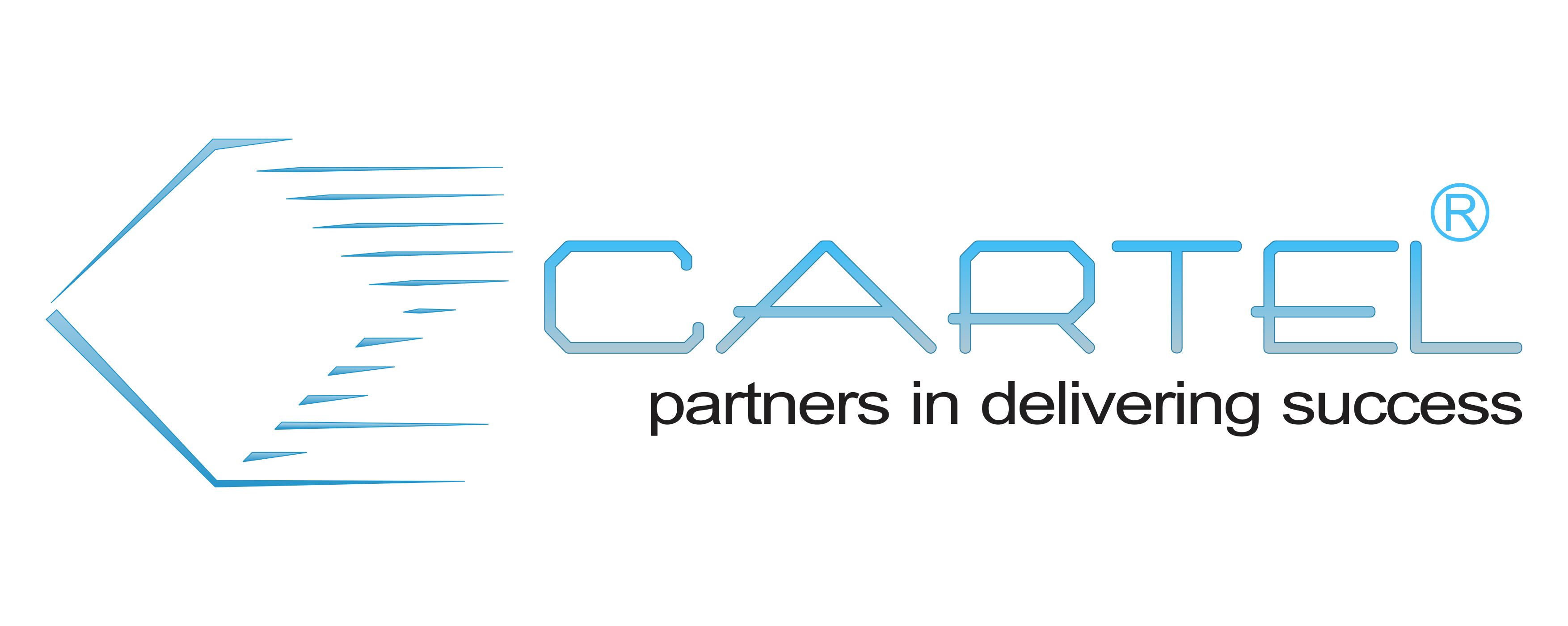Symantec BackupExe
Course Overview
The Symantec Backup Exec 2014: Administration course is designed for the data protection professional tasked with backing up and restoring critical data. This five-day, Instructor-led, hands-on class covers how to back up and restore data, configure storage devices, manage media, and maintain the Backup Exec database. Students also learn how to configure and work with various Backup Exec Agents, which protect applications like Microsoft Exchange, Microsoft SharePoint, and Microsoft SQL. The course also covers the Virtual Environment Agents and the Deduplication Option.
Course Details
Course Introduction
– About this course
– Symantec’s Education and Support resources
Backup Exec Fundamentals
– Data backup basics
– Symantec’s backup solution offerings
– Backup Exec 2014 essentials
– Backup Exec architecture
Installing Backup Exec 2014
– New installation of a Backup Exec server
– Typical installation of Backup Exec
– Custom installation of a Backup Exec
– Launching Backup Exec 2014
– Updating Backup Exec 2014
– Upgrading to Backup Exec 2014
Storage Devices
– Configuring storage devices
– Managing devices
Data Management
– Managing media
– Data Lifecycle Management
– Managing tapes with media sets
– Media catalogs
Backing Up Data
– Adding a Server
– Backup Selections
– Multi-server backup definition
– Accounts and Credentials in Backup Exec
– Server Selections
– Backup Selections: Dynamic Inclusion
– Backup Selections: Resource Ordering
– Backup Selections: Excludes
– Adding a Backup Task
– Backup Settings: Backup Methods
– Backup Settings: Additional Settings
– Backup Stage
– Job name
– Manually running backup jobs
Managing Servers and Jobs
– Backup and Restore view
– Server Groups
– Retired Servers Group
Restoring Data
– Restore job basics
– Restore settings
– Granular restore
– Restoring data from single backup set
– Restoring data from multiple backup sets
– Restoring data from tape
– Restoring data from backup job
– Online Disaster Recovery
– Restoring System State
– Restoring Shadow Copy Components
Simplified Disaster Recovery
– Simplified Disaster Recovery fundamentals
– Simplified Disaster Recovery: Backup
– Installing the SDR disk creation wizard
– Creating an SDR disk image (.iso) file
– Recovering a server with SDR
– Windows Storage Pools and Spaces
– SDR additional options
Virtual Machine Conversion
– Conversion to virtual machines fundamentals
– Convert to virtual machine
– Backup and convert simultaneously
– Backup and convert on a schedule
– Convert from a backup set
– Virtual conversion options
– Incremental Conversions
– Conversion Considerations
Central Admin Server Option
– Backup Exec 2014 CASO: Overview
– Installing the CAS
– Installing MBES
– Backup jobs: MBES and Server Pools
– Restoring Files using CASO
– MBES Settings
– Copy Configuration to MBES
– Upgrading a CASO environment to Backup Exec 2014
– MBES to Standalone
Remote Agents
– Introduction to Remote Agents
– Agent for Windows
– Push-installation of the Agent for Windows using the Add Server wizard
– Push-installation of the Agent for Windows to virtual machines
– Local installation of the Agent for Windows
– Managing the Agent for Windows
– Agent for Linux and Agent for Mac
Agent for Applications and Databases
– Agent for Applications and Databases fundamentals
– Installing the Agent for Applications and Databases
Agent for Active Directory
– Agent for Microsoft Active Directory
– Traditional Restore of Active Directory
– GRT Restore
Agent for Microsoft SQL Server
– Microsoft SQL Server agent installation
– Backup Selections
– Backup Settings
– Restoring a Microsoft SQL Server database
Prerequisites
You must have basic working knowledge of administration and configuration of the Windows Server 2008 and Windows Server 2012 platforms. You must also have experience configuring server software and hardware. Basic working knowledge of domain security and experience with Active Directory and Windows Server 2008 and Windows Server 2012 are recommended.Basic working knowledge of the following applications is beneficial, but not required:
– Microsoft SQL Server
– Microsoft Exchange Server
– Microsoft SharePoint Portal Server
– Microsoft Hyper-V
– VMware virtual infrastructure
